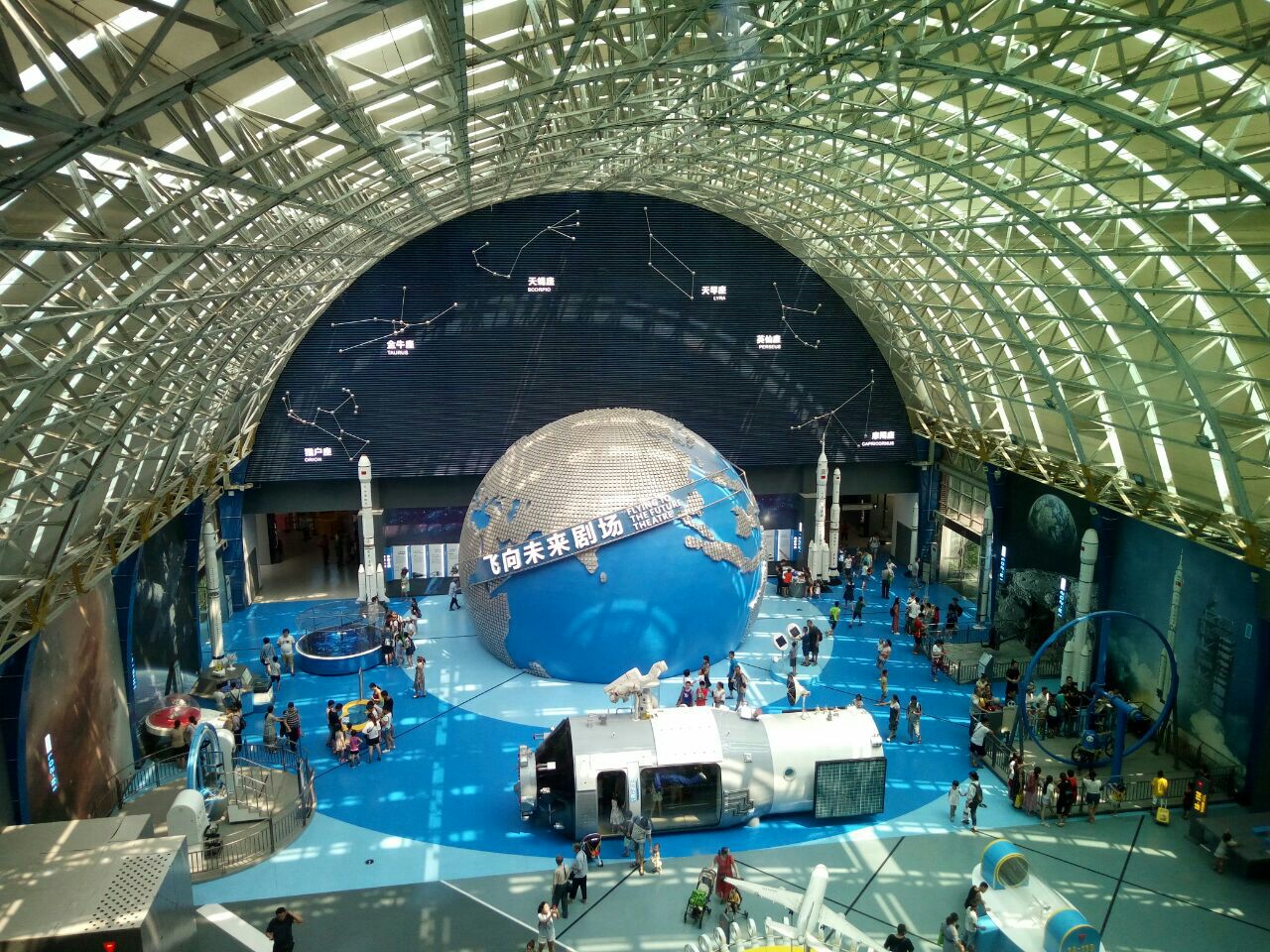Must-Visit Museums in Chengdu
Museums and cultural institutions beckon people to explore new cultures and topics through their carefully curated collections and transcending exhibitions. If you’re planning a trip to Chengdu, or already living here, you’ll find a number of must-visit museums that cater to all interests. Whether you’re a history buff, science enthusiast, or an art lover, these cultural gems are sure to inspire and impress.
For those quick to dismiss the museum experience as boring, it’s time to think again. Galleries worldwide, from Senegal to Japan, have perfected the craft of designing compelling exhibits on art, history, and culture that can change any naysayer’s mind.
Sichuan Science and Technology Museum
四川科技馆
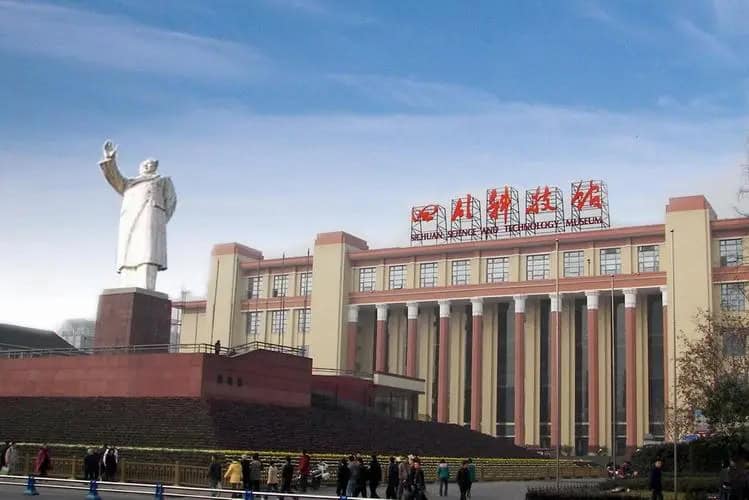
As one of Chengdu’s must-visit museums, the Sichuan Science and Technology Museum spans four floors packed with interactive exhibitions and hands-on activities. The first floor invites visitors to explore aviation technology and water conservancy innovations. The second floor delves into the pursuit of wisdom, highlighting our basic disciplines and humanity’s unending quest for knowledge.
Level three focuses on life and survival, showcasing how science has evolved to support human development. The fourth floor is designed especially for children, featuring engaging experiences like virtual aircraft, a 360-degree rotation bike, and more. The museum also incorporates cutting-edge elements such as augmented reality, pilot simulators, a “World of Robots,” and space capsules, making it both educational and exciting for all ages.
Address:
16, Section 1, Central Renmin Rd. 人民中路一段16号
(Right behind the Mao statue on Tianfu Square)
Open Hours:
9:30am-16:30pm (closed on Mondays)
Ticket Price:
Free Of Charge
Tel:
86609999
Chengdu Art Museum (Tianfu Art Park)
成都市美术馆
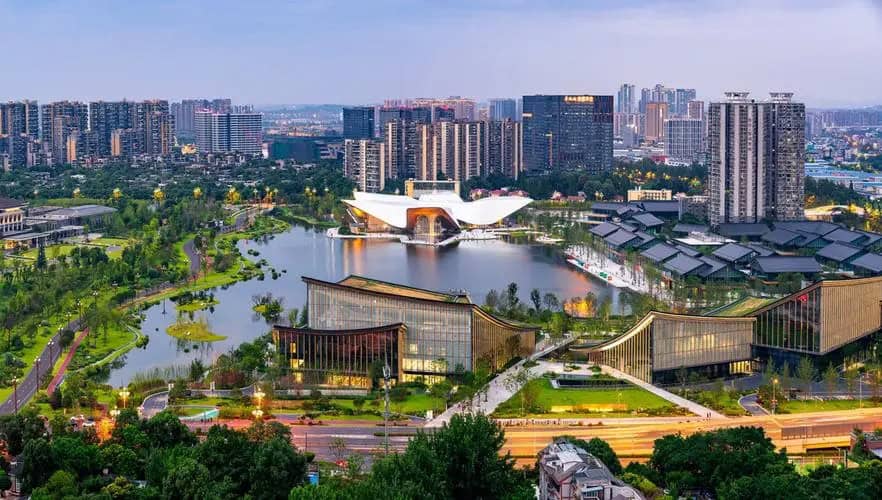
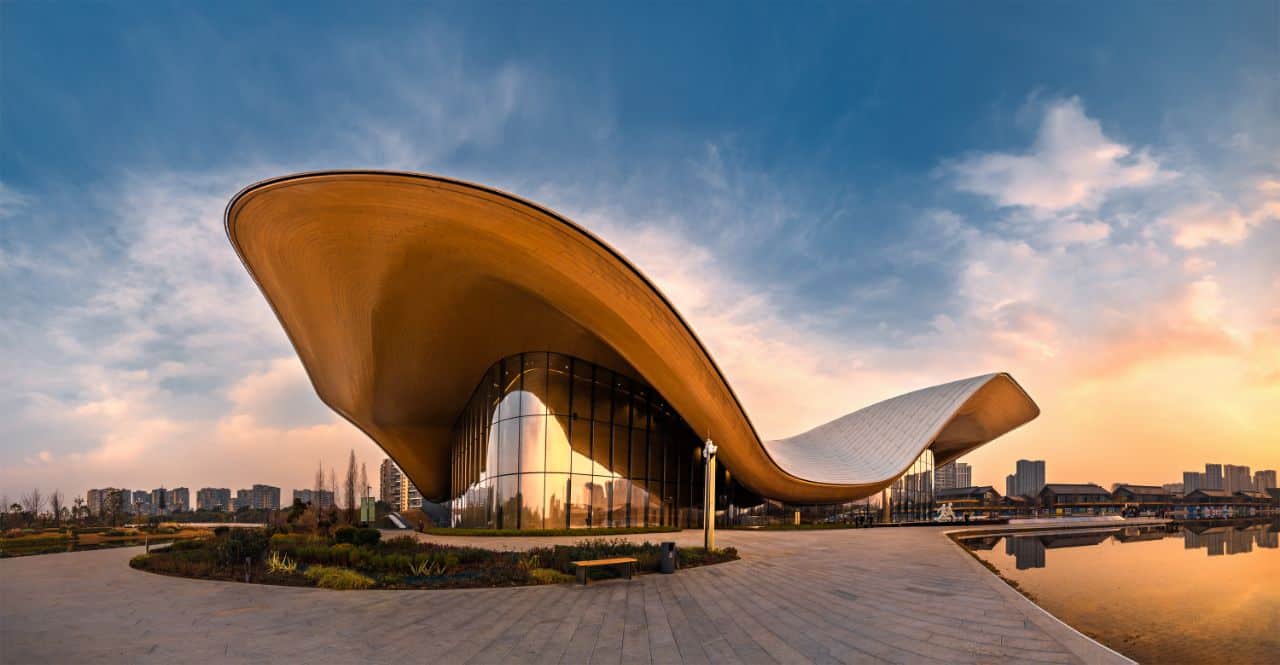
As one of Chengdu’s must-visit museums, the Chengdu Art Museum, located in Tianfu Art Park, encompasses the Chengdu Tianfu Art Museum and the Chengdu Museum of Contemporary Art as its core venues. Operated under the Chengdu Painting Academy (Chengdu Museum of Art), it showcases the history and evolution of art from multiple perspectives, bridging tradition and modernity. The museum aims to foster a global artistic dialogue and serve as an international platform for public aesthetic education, contributing to the ongoing growth of Chengdu’s vibrant fine arts scene.
Address:
Chengdu Art Gallery Area A (Chengdu Tianfu Art Gallery)
181 Huayan Road, Jinniu District (inside Tianfu Art Park)
成都市美术馆A区
金牛区华严路181号(天府艺术公园内)
Tel: 028-63068368
Chengdu Art Gallery Area B (Chengdu Art Gallery)
388 Jinniuba Road, Jinniu District (inside Tianfu Art Park)
成都市美术馆B区
金牛区金牛坝路388号(天府艺术公园内)
Tel: 028-63068616
Open Hours:
09:00am-20:00pm
Ticket Price:
Free Of Charge
Chengdu Natural History Museum
成都自然博物馆
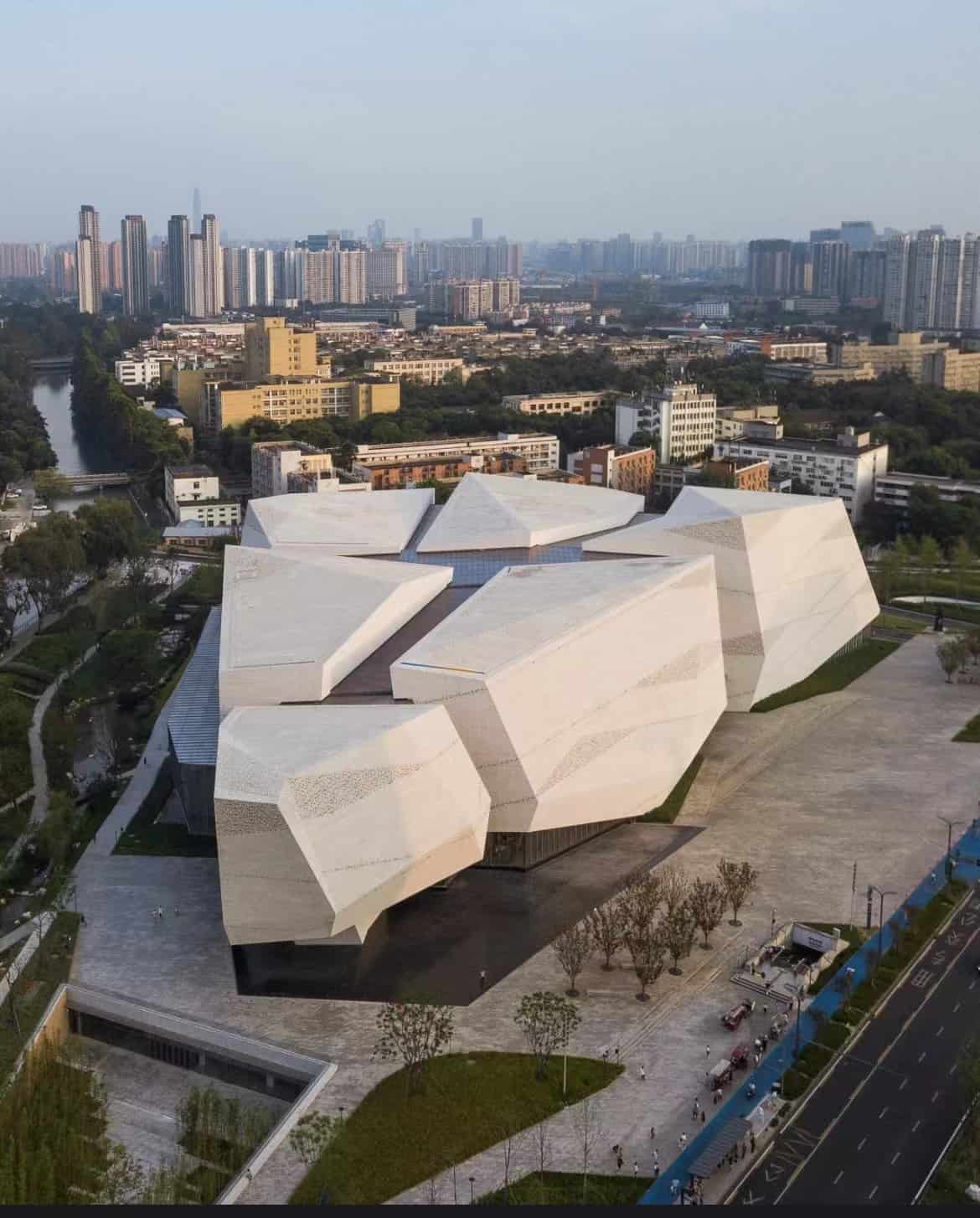
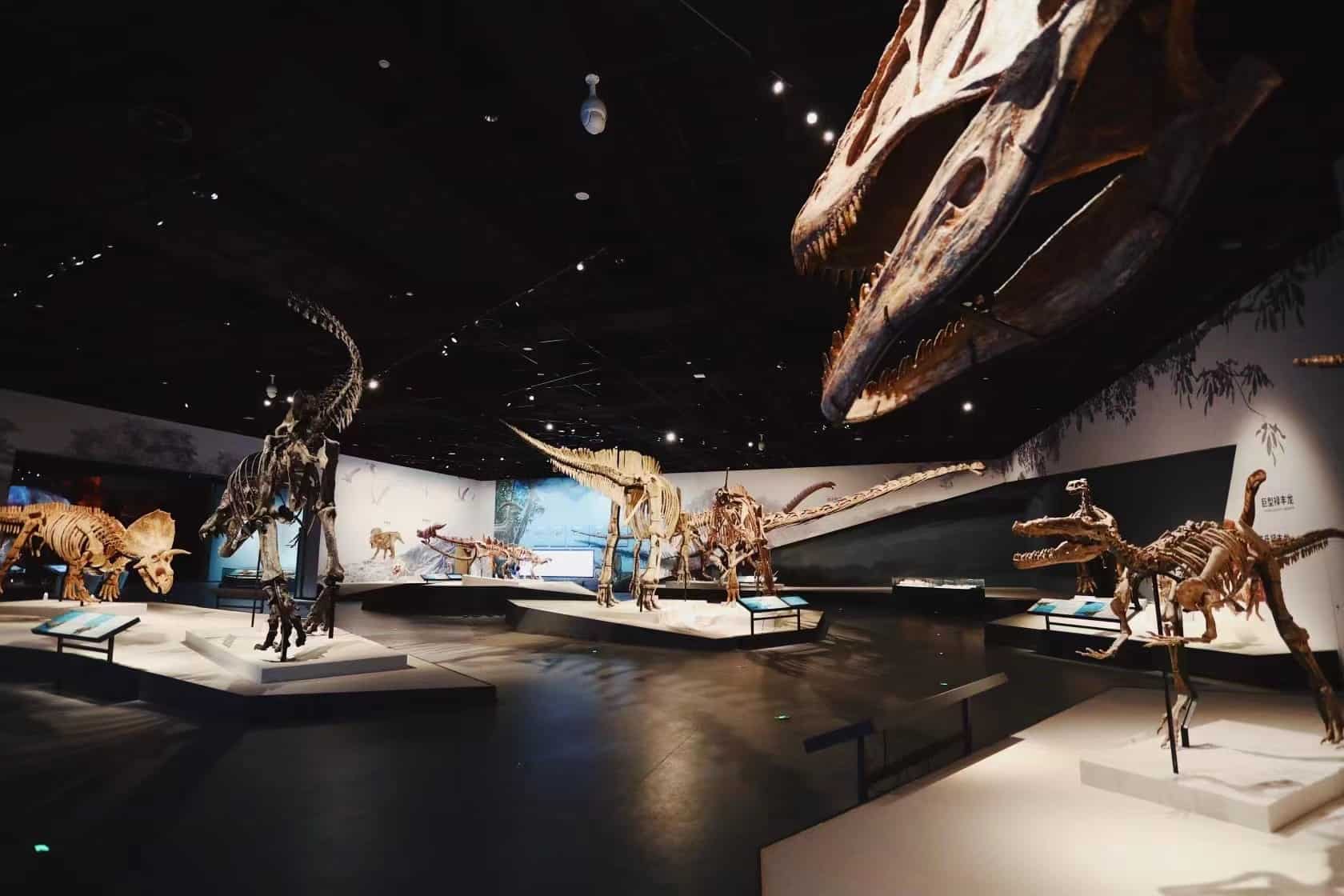
The Chengdu Natural History Museum is one of the must-visit museums for anyone curious about the natural world. Located in a spacious, modern building, the museum covers a massive 50,520 square meters, with around 17,000 square meters dedicated to exhibitions.
Inside, visitors can explore a wide range of fascinating topics. Exhibits cover everything from geological changes and natural disasters to biodiversity and the evolution of life. Each section is thoughtfully arranged to guide you through the Earth’s history, making complex topics easy to understand and engaging for all ages.
Notably, the museum features interactive displays that highlight environmental protection and sustainable resource use. With nearly 70,000 items in its collection and about 10,000 on display, the museum provides a deep dive into both global and local natural history.
Address:
East of Shilidian Road, Chenghua Avenue, Chenghua District (West of Chengdu University of Technology)
成华区成华大道十里店路以东(成都理工大学西侧)
Open Hours:
09:00am-17:00pm
Ticket Price:
Adult 20RMB
Children & Student 10RMB
Tel:
028-60828500
Sichuan Museum
四川博物馆
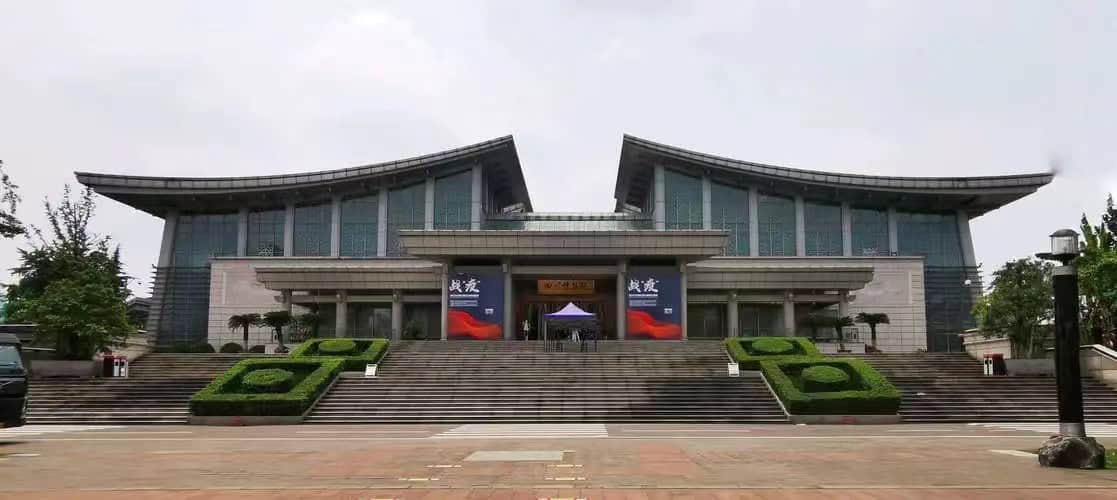
Sichuan Museum is one of the must-visit museums for anyone interested in Chinese art, history, and culture. Located in the heart of Chengdu, this expansive museum offers an immersive experience across its 14 exhibition halls, covering over 12,900 square meters.
The museum is especially famous for its impressive collection of works by Zhang Daqian (1899–1983), one of China’s most celebrated painters. In 1956, Zhang shared the global spotlight with Pablo Picasso, introducing Chinese ink art to a Western audience. Today, more than 180 of his masterpieces are displayed in a specially designed hall on the museum’s second floor. His paintings, ranging from landscapes to elegant portraits, captivate visitors with their expressive style and cultural depth.
On the first floor, visitors can explore Sichuan’s extensive history, which spans more than 5,000 years. Highlights include bronze wares from the Ba-Shu era and stunning Han Dynasty pottery and brick carvings. Moving up to the third floor, the museum showcases Buddhist relics, intricate arts and crafts, and fascinating displays of ethnic culture.
Overall, Sichuan Museum offers a rich and varied experience that connects ancient traditions with artistic excellence. With so much to see, it’s easy to understand why it’s considered one of Chengdu’s must-visit museums.

Address:
251 South Huanhua Rd.
浣花南路251号
Open Hours:
09:00am – 17:00pm
Ticket Price:
Adult 78RMB
Children 68RMB
Tel:
65521581
Chengdu Museum
成都博物馆

Chengdu Museum is one of the must-visit museums in Southwest China. Established in 1958, it stands as the region’s largest comprehensive city museum and is ranked as a national first-class museum. Since the opening of its impressive new venue in 2016, it has welcomed nearly 16 million visitors.
Moreover, Chengdu Museum is also recognized as the “National Shadow Puppetry Museum,” a title granted by the State Council in 2006. It is not only the first national museum in Sichuan but also the only one of its kind in Chengdu.
The museum spans around 65,000 square meters, with about 20,000 square meters dedicated to exhibitions. Inside, visitors will find three engaging permanent exhibitions. These include:
“Full Bloom of the Brocade City”, which traces Chengdu’s history and culture,
“Shadow Play and Puppetry of China”, showcasing the artistry of traditional performance, and
“Man and Nature”, a collection donated by Kenneth E. Behring.
Altogether, the museum holds nearly 300,000 cultural relics, including ancient artifacts, shadow puppets, and modern Chinese calligraphy. These exhibits span eras from the Neolithic period to the Republic of China. With its rich displays and educational value, Chengdu Museum provides a dynamic look into the city’s deep-rooted cultural identity.
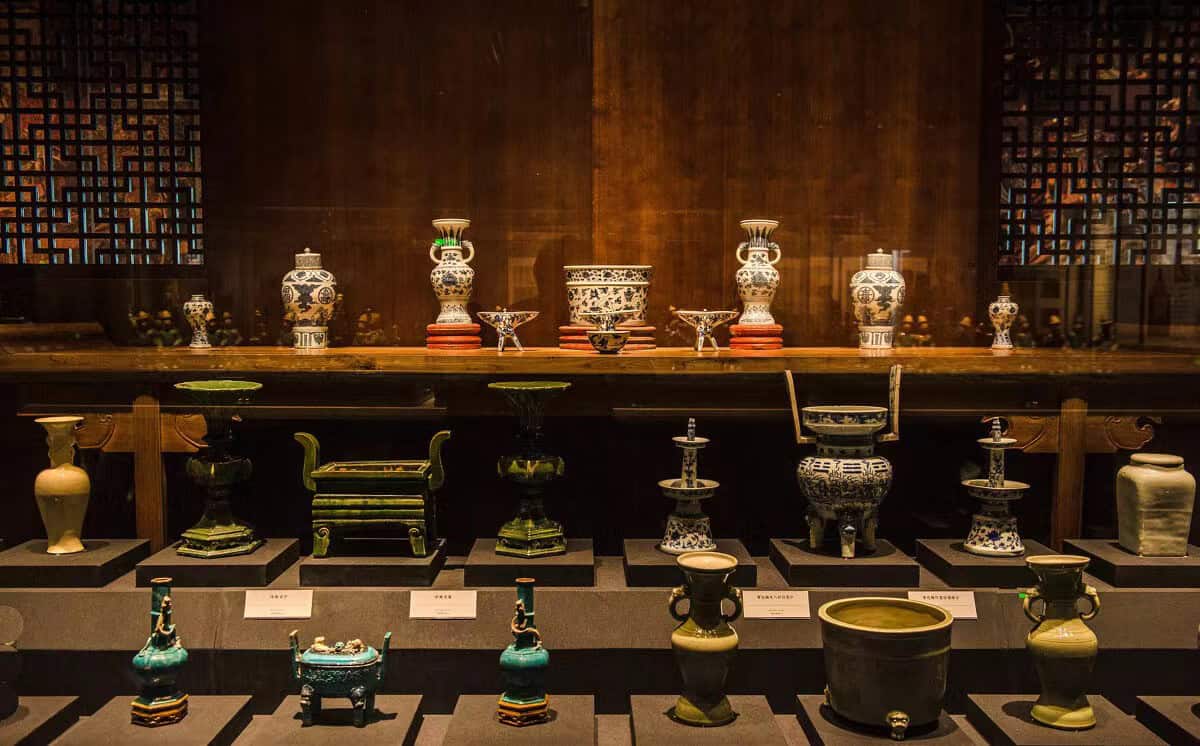
Address:
Qingyang District, West Yu Street No. 4 [West side of Tianfu Square]
青羊区西御街4号[天府广场旁边]
Open Hours:
09:00am-18:30pm
Ticket Price:
60RMB
Chengdu Wuhou Shrine Museum
成都武侯祠博物馆

The Chengdu Wuhou Shrine Museum is one of the must-visit museums in the city, especially for history lovers. It honors Liu Bei, the ruler of the Shu Han kingdom, his famous chancellor Zhuge Liang, and other key figures from that era.
Originally, the temple was built in the year 221, during the reign of Liu Bei. It stood next to his tomb, known as the Hui Mausoleum. Later, around 500 AD, the Wuhou Shrine was moved to its current location beside the mausoleum.
Over time, especially during the Ming Dynasty, the site became more unified. In 1390, Prince Zhu Chun combined the Hui Mausoleum, the Hanzhaolie Temple, and the Wuhou Shrine. He believed that “lords and ministers should be honored together.” Since Zhuge Liang became more admired than Liu Bei over time, the entire complex is commonly called “Wuhou Shrine.”
Today, visitors can walk through peaceful courtyards and ancient halls while learning about one of China’s most fascinating historical periods. With its deep roots and cultural importance, this museum offers a rich and memorable experience.

Address:
No.231 Wushouci Street, Chengdu, China
武侯祠大街231号
Open Hours:
09:00am-18:00pm
Ticket Price:
118RMB
Tel:
+86-028-85552397
E-Mail:
cdwuhouci@163.com
Sanxingdui Museum
三星堆

The Sanxingdui Museum is one of the must-visit museums near Chengdu. It shows an important Bronze Age site in Guanghan, about 40 kilometers from the city. This discovery helped us learn a lot about how people lived thousands of years ago.
The museum opened at the end of 2023 and is the largest single museum building in Southwest China. It sits quietly among hills in Guanghan. Long ago, these hills were part of the city wall of an ancient Bronze Age city.
Sanxingdui displays around 1,000 artifacts, mostly bronze items. One of the most famous pieces is a bronze mask with a green and gold finish that looks almost alien. This mask became very popular after it was found a few years ago.
The discovery of Sanxingdui changed how historians think about early Chinese civilization. Instead of growing from only the Yellow River area, many now believe China had multiple centers of culture and innovation. This makes Sanxingdui a fascinating place to visit.

Address:
Guanghan City, Nanxing Town, Xi’an Road No. 133
广汉市南兴镇西安路133号
Entrance:
Adults 72RMB, kids/ students 36RMB
Travel companies offer various packages (Jinsha + panda base etc)
Opening Hours:
Daily, 08:30-18:00
Tel.:
028-85500349
Jinsha Site Museum
金沙遗址博物馆
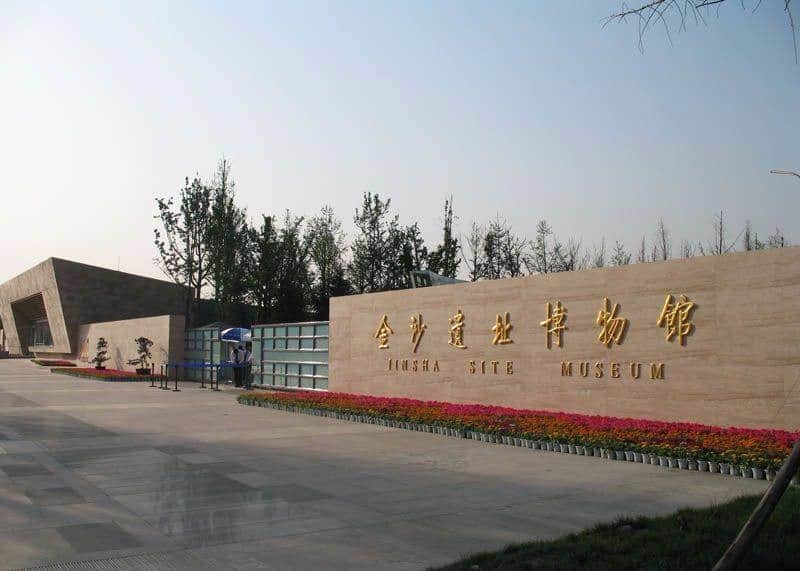
The Jinsha Site Museum is one of the must-visit museums near Chengdu. It shows us an important part of China’s ancient history outside the Yellow River area. For a long time, people believed the Yellow River was the start of Chinese civilization. However, discoveries in Sichuan have changed that view.
In 1986, archaeologists found the Sanxingdui civilization in nearby Guanghan. This site dates back about 3,000 years and belonged to the Shu kingdom of the Shang dynasty. Later, in 2001, the Jinsha settlement was discovered during building work. This site also revealed many valuable artifacts.
The museum is built right on the excavation site. It displays over 5,000 precious items like gold, jade, bronze, and pottery. One famous find is a golden emblem with four flying birds around the sun. This symbol was chosen as China’s cultural heritage emblem in 2005. Overall, the Jinsha Site Museum offers a fascinating look at China’s early history and is a must-see for visitors.
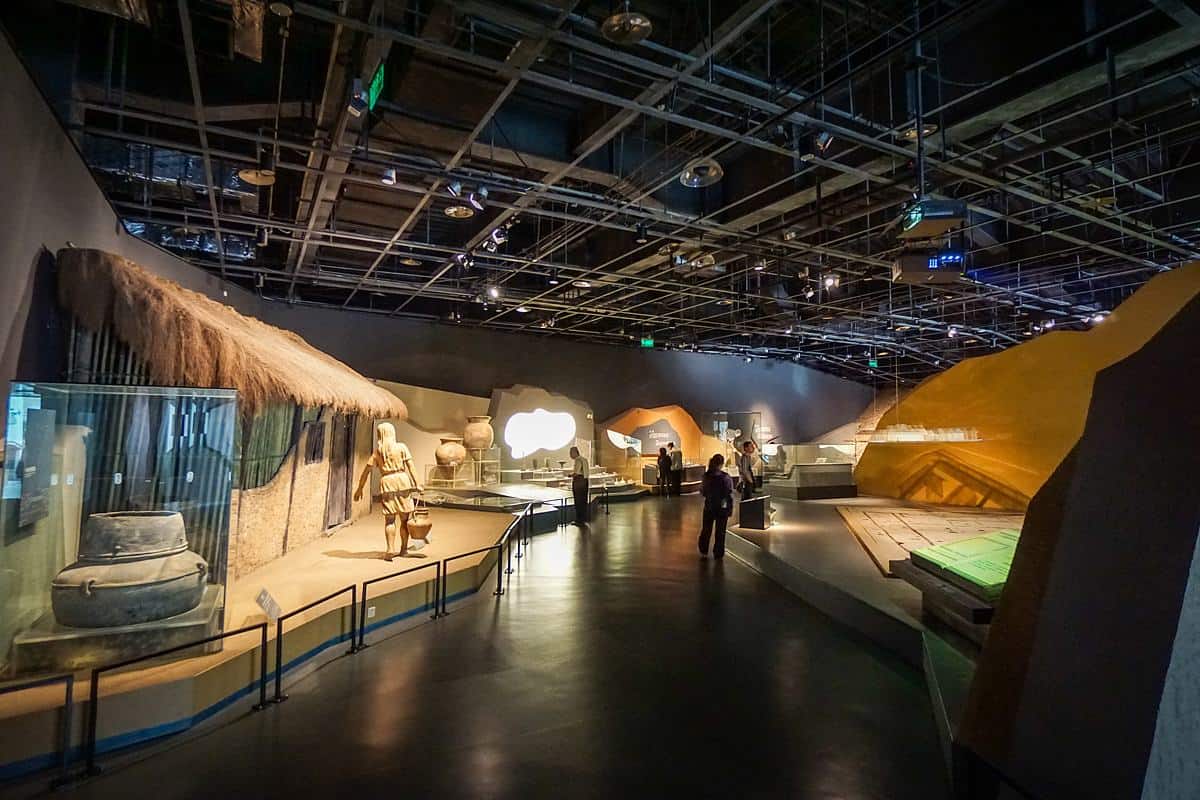
Address:
Qingyang District, Jinsha Yizhi Rd. No. 2(Qingyang Ave.)
青羊区金沙遗址路2号(青羊大道)
Metro:
Line 7, Jinsha Museum Exit C (550m)
Entrance:
Adults 70RMB, kids/ students 35RMB
Opening Hours:
08:00 – 17:30
Tel.:
028-87303522
There are more museums we didn’t include because they’re little more on the niche side of things, but you may also be interested in the Chengdu Art Museum, Teddy Bear Museum of China, The LCA Aviation Museum, The Chuancai Museum (local Sichuan food), the Sanhe Vintage car museum, and others.
Please visit www.chengdu-expat.com for more information.

